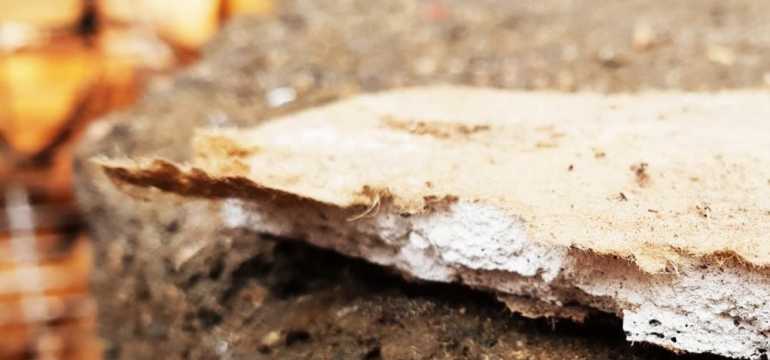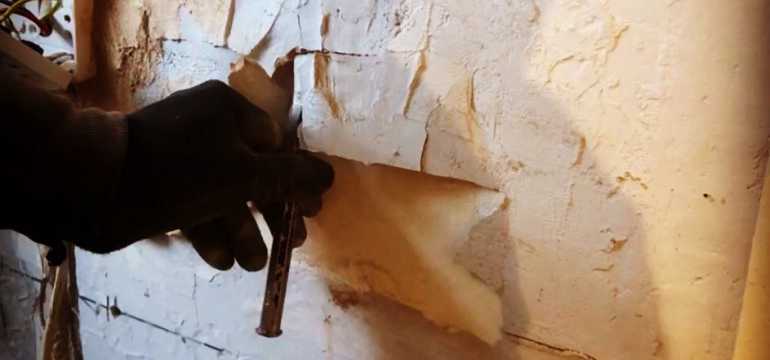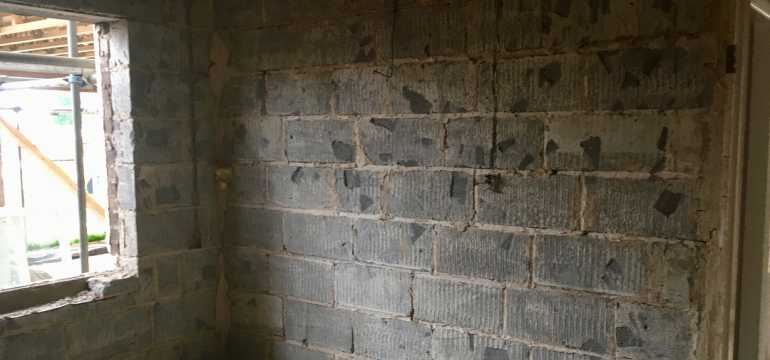Older homes are at a much greater risk of presenting a major health concern for their owners. Professionals used to use a common ingredient known as asbestos as a way to make their plasterboard both fireproof and heatproof. It was relatively inexpensive and abundantly available, making it a popular option among builders. In the beginning, it was unknown just how this product could affect human health.
However, we now know that it can be extremely dangerous. It is important to understand what asbestos is and how you can test your home for its presence.
When Was Asbestos Banned in Plasterboard?
Asbestos are minerals made up of extremely fine and durable fibers that are resistant to many extreme circumstances, including heat, fire, and chemicals. They are completely odorless and tasteless, making it difficult to identify their presence. In the past, many manufacturers widely used asbestos in their products. They were particularly present in many of the most popular types of building materials. Unfortunately, it was later determined that exposure to asbestos could be linked to mesothelioma and other types of cancers.
During World War II, many building companies began to incorporate more asbestos into their products. It was both highly effective and durable, as well as inexpensive. Homes were filled with products that contained this asbestos in their insulation, cements, plastics, and more.
It wasn’t until the late 1970s that the United States Consumer Product Safety Commission banned the use of asbestos in wallboard patching compounds. It wasn’t until the year 1989 that the Environmental Protection Agency officially put a halt to all new uses of asbestos. Homes prior to this may still contain asbestos in their plasterboard, but newer homes are safe from this harmful ingredient.
Is Asbestos in My Plasterboard?

Identifying whether you have asbestos in your home can be a bit of a challenge. Older homes don’t necessarily have great records of what materials were used during the original construction. Many of the leading manufacturers incorporated these fibers into their materials, but you may not know it. A visual inspection likely won’t reveal the truth about whether there are asbestos in your plasterboard.
It is important to keep in mind that plasterboard in good condition does not pose a threat to your long-term health.
When the boards become old or begin to crumble, you should be concerned about them releasing dust and asbestos into the air.
If your home was built or remodeled before the mid-1970s, you might want to take extreme caution with your plasterboard. Asbestos in plasterboard ceilings was also common, particularly when they were covered up with popcorn textures. While you may suspect that your home has some asbestos in it, the best way to determine its safety for sure is to send your plasterboard away for testing.
Identifying Asbestos

Generally speaking, it is best to leave this type of testing to the professionals because there is a great risk for long-term health concerns. However, it is possible for a homeowner to collect a sample of their own plasterboard to have it sent away for testing. You must start with the proper safety equipment, including OSHA-approved clothing, gloves, goggles, and a respirator. This is one step that you do not want to skip.
Before you begin, make sure to seal the area to prevent others from entering and potentially being exposed to the asbestos, you will be stirring up.
Apply water and a small amount of soap to the area that you will take a sample of before you begin to cut. When that is finished, cut a small square of the plasterboard, measuring about one-inch in each direction. Cut through the entire thickness of the plaster to give you one solid chunk. Stash your sample away in an airtight bag labeled with the date and location where you took the sample from.
Finally, you will send the sample along to an accredited asbestos testing lab with the rest of the information they request. Expect to pay around $50 for this sort of service. Shipping the sample to the lab will also cost extra. It may take up to a few weeks to receive the results of your sample.
In order to find an accredited lab, you can search through the National Voluntary Laboratory Accreditation Program from the National Institute of Standards and Technology. They maintain an online directory of labs that are accredited to test for the presence or amount of asbestos in samples.
Removing Your Plasterboard

If your plasterboard is determined to contain asbestos and it is already beginning to crumble, it may be time to replace it altogether. This can be a very expensive endeavor and should be left to a professional crew who knows how to handle asbestos.
While it may be quite an investment, it is extremely important for your long-term health to make sure that the air you’re breathing in doesn’t contain any of these harmful ingredients. Asbestos in the plasterboard can be a major concern, so be sure to address any potential problems as soon as possible!
- How to Cut Lexan - September 25, 2020
- Mineral Spirits vs. Mineral Oil - September 25, 2020
- Shellac vs. Polyurethane - September 24, 2020
